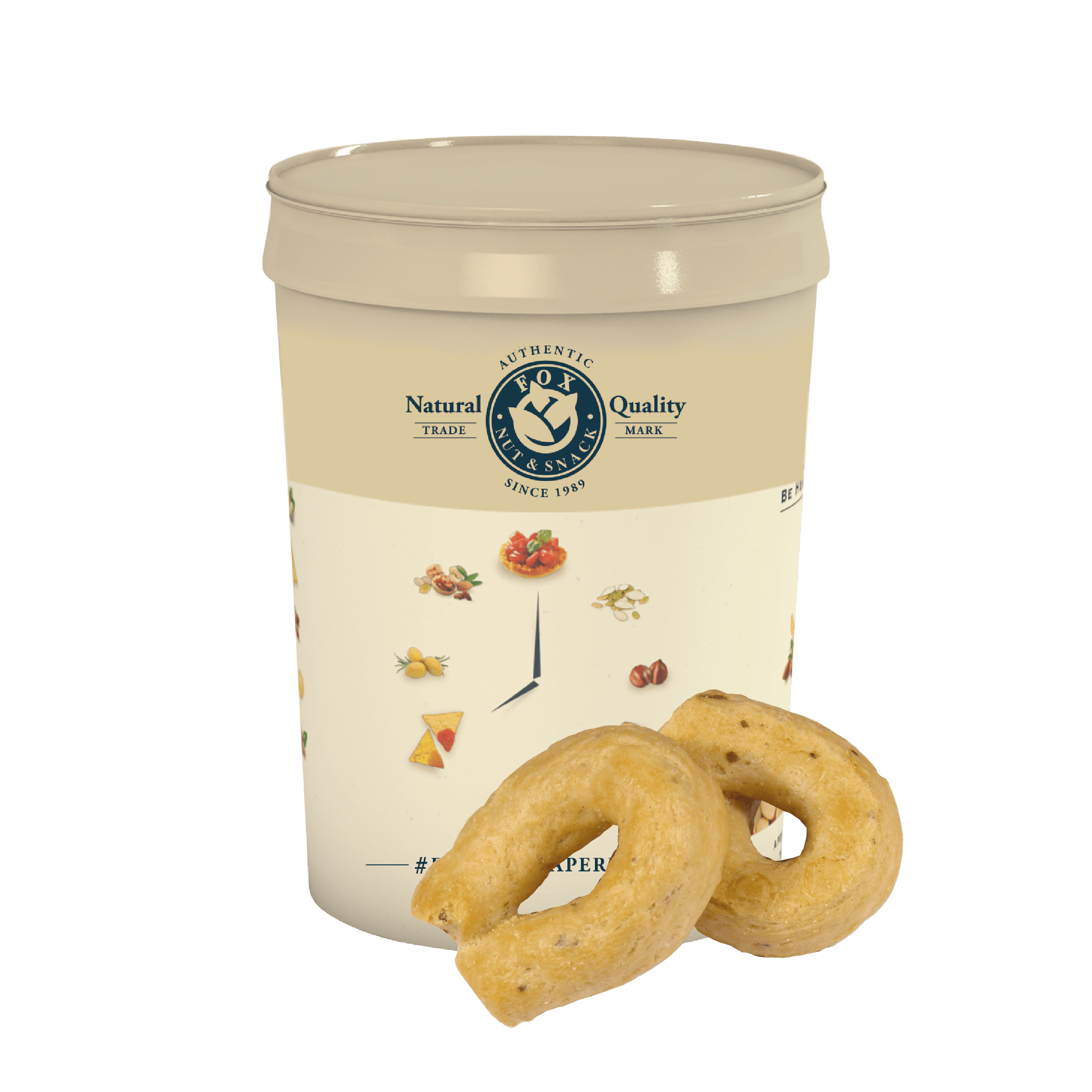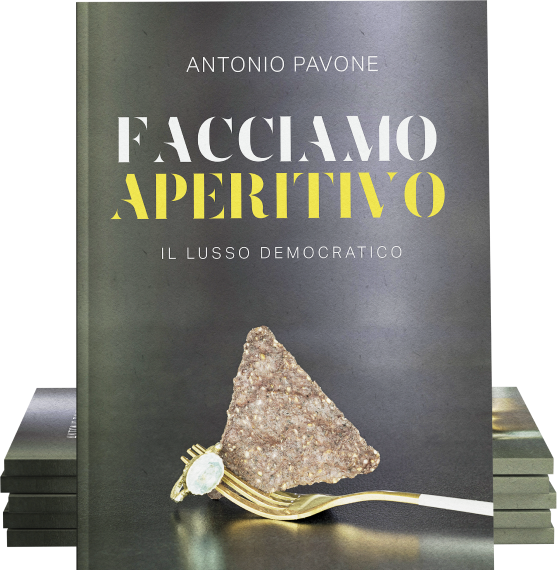
| Weight | |
|---|---|
| ENERGY VALUE | 496 Kcal |
| 2075 Kj | |
| FATS | 19 g |
| of which saturated | 3.5 g |
| CARBOHYDRATES | 70 g |
| of which sugars | 8 g |
| FIBER | 2.3 g |
| PROTEIN | 10 g |
| SALT | 2.4 g |
To correctly recycle the plastic containers, follow these steps:
1. Empty the Container: Ensure that the container is completely empty. Remove any remnants of corn or other materials inside.
2. Clean: If possible, briefly rinse the container under running water to remove any residues of salt or oil. This step is not always necessary for recycling plastic, but it can help keep the recycling stream clean.
3. Check the Recycling Symbol: Look for the recycling symbol on the bottom of the container. Most plastic containers will have an identification code that indicates the type of plastic (for example, PET 1, HDPE 2, etc.). This code will help you determine if the container can be recycled in your municipality.
4. Follow Local Guidelines: Recycling regulations vary by location. Some municipalities accept all types of plastic in the recycling collection, while others require that certain types of plastic be taken to specialized collection centers. Check your local guidelines to ensure you are following the correct procedures.
5. Dispose in the Right Bin: Once you have confirmed that the plastic container can be recycled, dispose of it in the bin designated for the recycling of plastic materials.
6. Consider Creative Recycling: Besides traditional recycling, consider if there are creative ways to reuse the containers. They may be suitable for DIY projects, such as plant pots, containers for small items, or for artistic activities.
Remember that recycling and reusing materials significantly contribute to reducing the environmental footprint and conserving natural resources. Every little action can make a difference!
Available in the format:
Single pack of 2000 gr
Bar pack 3 pieces of 2000 gr.
Welcome to the epicenter of artisanal goodness with our "Taralli Classici".
The Taralli Classici represent the Taste of Tradition at Your Fingertips. These small culinary masterpieces are a symphony of flavor and crunch that will make your mouth water just thinking about them. Each tarallo is crafted with love and skill, using the finest quality ingredients.
Their unique and enveloping flavor is a celebration of Italian culinary tradition, which has captured the hearts and palates of generations. The "Taralli Classici" are perfect for a gourmet snack during an aperitif with friends or for a moment of personal indulgence. Their pocket size makes them ideal to be carried anywhere you go, offering a touch of goodness at any moment. Share them during family gatherings or treat yourself to a moment of relaxation with these artisanal taralli that transform every break into a culinary experience.
Whether you are a lover of Italian cuisine or a curious gourmet, the "Taralli Classici" are an irresistible addition to your pantry. Let yourself be tempted by their crunchiness and flavor... try them now!


 |
| Weight | |
|---|---|
| ENERGY VALUE | 496 Kcal |
| 2075 Kj | |
| FATS | 19 g |
| of which saturated | 3.5 g |
| CARBOHYDRATES | 70 g |
| of which sugars | 8 g |
| FIBER | 2.3 g |
| PROTEIN | 10 g |
| SALT | 2.4 g |
To correctly recycle the plastic containers, follow these steps:
1. Empty the Container: Ensure that the container is completely empty. Remove any remnants of corn or other materials inside.
2. Clean: If possible, briefly rinse the container under running water to remove any residues of salt or oil. This step is not always necessary for recycling plastic, but it can help keep the recycling stream clean.
3. Check the Recycling Symbol: Look for the recycling symbol on the bottom of the container. Most plastic containers will have an identification code that indicates the type of plastic (for example, PET 1, HDPE 2, etc.). This code will help you determine if the container can be recycled in your municipality.
4. Follow Local Guidelines: Recycling regulations vary by location. Some municipalities accept all types of plastic in the recycling collection, while others require that certain types of plastic be taken to specialized collection centers. Check your local guidelines to ensure you are following the correct procedures.
5. Dispose in the Right Bin: Once you have confirmed that the plastic container can be recycled, dispose of it in the bin designated for the recycling of plastic materials.
6. Consider Creative Recycling: Besides traditional recycling, consider if there are creative ways to reuse the containers. They may be suitable for DIY projects, such as plant pots, containers for small items, or for artistic activities.
Remember that recycling and reusing materials significantly contribute to reducing the environmental footprint and conserving natural resources. Every little action can make a difference!

